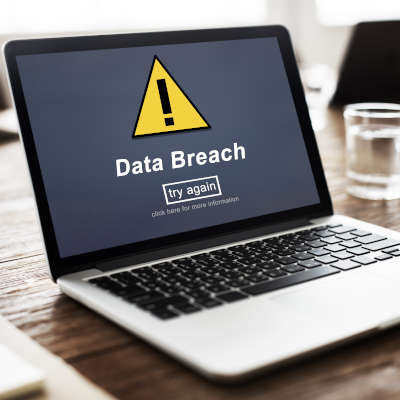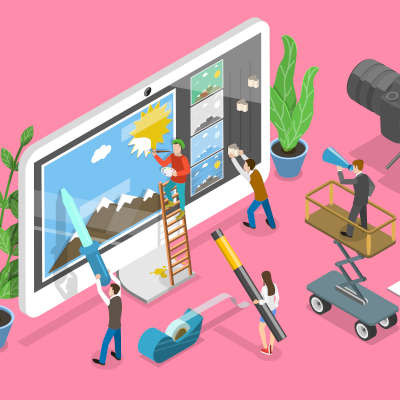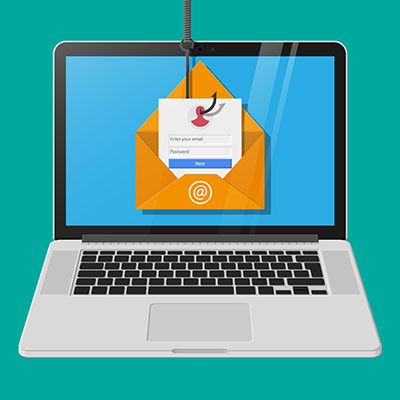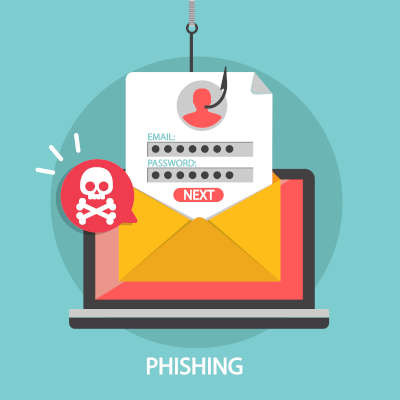Ferrum Technology Services Blog
While nobody wants their company to suffer a data breach, the nature of today’s workplace makes these occurrences harder and harder to avoid. In fact, chances are that you’ll eventually encounter one, which makes it important to prepare to deal with it when it comes about.
Here, we’ve outlined a few steps to help your business weather the storm:
When your business is in the position to add new technology, the process can be pretty confusing. You try to make good business decisions every time, but with technology, there are more variables that need to be weighed. Is the technology going to help the business? Is it the right technology for what I’m trying to achieve? What is the actual cost? Today, we will outline three strategies that can help you make better IT decisions.
It is undeniable that technology has become ingrained into our workplaces, and perhaps even more so into our daily lives—particularly considering the events of the past few years. This is likely why it is so surprising when a large tech company bans a user for some activity on their platform.
With all that is happening today, this surprise has largely turned into outrage over whether or not these companies can really ban people over what they share on the platform. Let’s go over the situation to try and glean from it some answers.
It wasn’t long ago that we took the time to discuss what format is best while you’re sharing images, whether via email or online. The idea was that images with the smallest file sizes were best, as they could be shared and downloaded more rapidly—without a tradeoff in terms of quality. Let’s discuss how this can be accomplished in Photoshop.
Images are immensely useful tools to communicate, whether using them online or sharing them in an email. Having said that, understanding a few things about image files and their sizes will help you to use these images more effectively. We’ve put together this guide to make it easier for you to put images to their proper use.
While last year saw a significant decrease in its number of data breaches, the number of records that were leaked doubled… and then some. Part of this can likely be attributed to a spike in the use of ransomware, indicating a resurgence in interest of the mean-spirited malware. This means that your business may very well see more ransomware infection attempts coming its way—the only question is, are your team members prepared for them?
The typical workday is filled with tasks—oftentimes, more than can be handled in the span of a day and all given the same priority level. As I’m sure you’ve realized at some point, this just isn’t a sustainable way to operate. To minimize this issue, we’re going over a few tips to help you prioritize the tasks that you’re given.
Regardless of a business’ size, technology can help it to resolve most operational challenges it is contending with. For instance, global toy producer The Lego Group shared their own story about how improved IT solutions helped it to address some significant issues it had. Let’s go over what The Lego Group did, and then see how their process could translate to your business.
Many businesses have turned to the productivity suite as they’ve added more and more useful tools. Traditionally, the productivity suite came with a word processor, spreadsheet program, note-taking program, and presentation software. Today, we will take a look at the variables that decision makers need to confront when choosing the right productivity suite for their business.
For businesses that are looking to make large shifts in their operational strategies by adding new technology, they may be looking at some problems when the technology doesn’t take as advertised. Today, we will take a look at how technology, as useful as it can be, can also be problematic if the deployment isn’t handled properly.
Microsoft PowerPoint is an extremely effective visual tool for helping to get a message across. Oftentimes, however, a video clip can be even more effective at driving home a point or summarizing a topic than a presentation. Of course, you don’t necessarily have to choose between one or the other. Let’s go over how you can embed a YouTube video directly into a presentation built in Microsoft PowerPoint.
The past year has been tough on many businesses. If they’ve learned anything it is the importance of staying flexible. The COVID-19 pandemic has created the need for organizations to move their operations offsite for fears of spreading the virus. With several different pharmaceutical companies now testing and pushing out vaccines for the virus, it seems that offices and other places of businesses will be opening back up, right?
While phishing awareness is an important practice to teach to a business’ employees, some methods are better than others, as GoDaddy—the domain registrar and web-hosting company notorious for its run of risqué ads—is learning the hard way. On December 14, GoDaddy’s employees received an email that seemed to be a holiday bonus from the company… only to find out (the hard way) that it was a phishing test that their employer had run.
Uh oh—your mobile device is missing.
If you ever find yourself in this situation, time is of the essence… particularly if you have reason to believe that your device was stolen. To help prevent things from getting messy, we’ve put together a checklist for you to run down in case you suddenly can’t find your smartphone or tablet.
It isn’t like anyone actively means to lose their smartphone, but stuff happens. After all, many of us have our device in-hand for most of our waking hours, so there’s plenty of opportunities for it to be left behind somewhere. Fortunately, there are ways that you can set up your smartphone to help track it should it be lost, whether it’s an Apple device or on the Android platform.
With nearly everyone facing a recession in 2021, businesses are going to be looking to technology to keep their businesses afloat. The COVID-19 pandemic made businesses shift their priorities in 2020 and as the pandemic enters year two, these strategies will be equally important in 2021. Let’s take a look at three trends you will see businesses follow this year.
People are constantly using Wi-Fi. In fact, 87 percent of people admit to using public Wi-Fi connections, which consequently is one of the most common ways to get data stolen or devices inundated with malware. With so many people depending on Wi-Fi, and your business looking to use it for enhanced collaboration, we thought we should discuss a few hot tips to get you started in the right direction.
Your business relies on its software, so if that software presents major security issues, it can be really concerning. In order to keep software from being a point of entry for hackers and scammers, you need to update and patch your software. Today, we’ll briefly discuss patch management and why it is a policy that you should be actively pursuing.




















